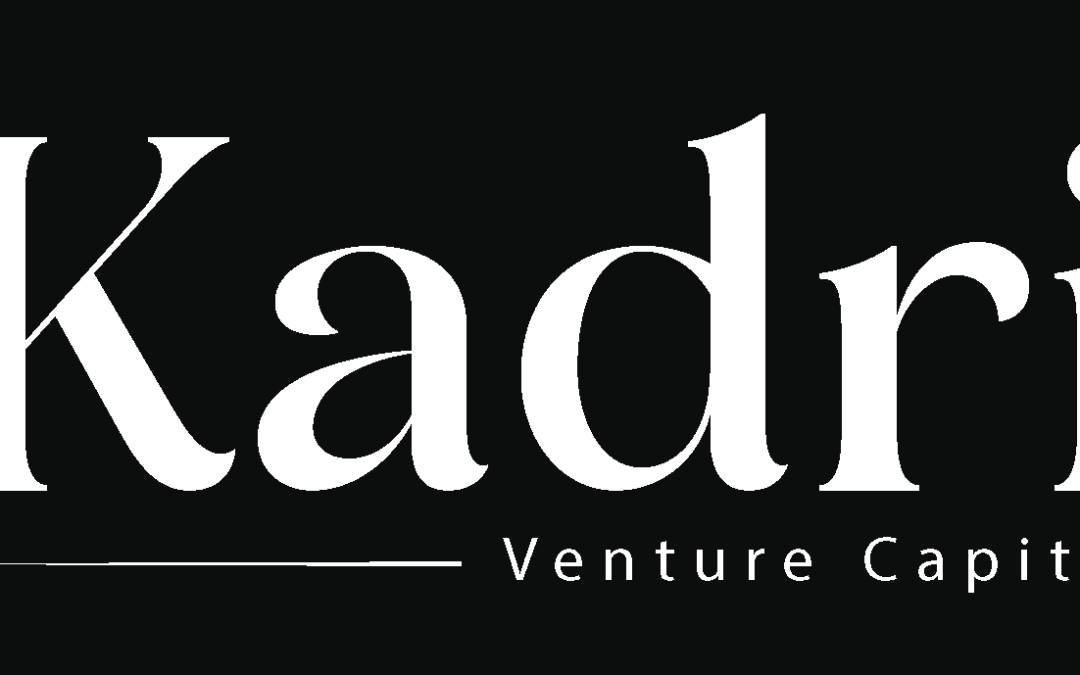Four Pillars Hold Up a Winning Startup
At Kadri VC we meet hundreds of founders every year, from Cairo makers to Alexandria coders. We cannot fund everyone. To decide fast and fair, we use a simple checklist of four pillars: Team, Market, Product, and Economics. If these four are strong, we lean in. If one pillar is weak, we ask questions. This guide breaks down each pillar in plain English, so young readers and first‑time founders know how to shine when talking to any venture capital investment firm.
1. Team: People First, Slides Second
What we check:
- Complementary skills: Does one founder build and another sell? A full stack dev plus a sales ace beats two coders who hate calls.
- Resilience: Startups hit walls. We ask about past challenges. Did the founders quit or pivot?
- Domain know‑how: A farmer solving agri‑tech pain speaks with truth; outsiders need extra proof.
Why it matters: Money fixes code bugs and marketing gaps, but cannot fix a weak mindset. In Egypt we see many smart college grads. The winning teams keep learning, handle bad days, and share credit. When we fund early stage investments, we back humans before numbers.
How to impress us:
- Tell one clear story of a problem you faced and solved together.
- Show shared history: class project, hackathon, or past job.
- Explain who owns which role full‑time after funding.
2. Market—Chasing a Big, Fast River
What we check:
- Size: Is the total addressable market (TAM) over $1 billion? Small ponds dry up fast.
- Growth tailwinds: Are laws, tech, or habits pushing the market forward? Example: Egypt’s Central Bank pushing fintech.
- Competition and gaps: Who else fishes in this river? Why can you catch bigger fish?
Why it matters: A great product in a tiny market still struggles. We want investment opportunities in Egypt that can return 10×. That needs a big river and strong current.
How to impress us:
- Use real stats: “Egypt has 30 million adults without credit cards; we target 5 % in three years.”
- Show trend lines: smartphone adoption, e‑commerce growth, or new rules that open doors.
- Map top five competitors and note where they fall short.
3. Product—A Sharp Tool, Not a Swiss Army Knife
What we check:
- Differentiated tech or IP: Is there code, patent, or data that others cannot copy fast?
- Network effects: Does each new user make the product better for all, like a delivery network?
- User delight: Simple UI, fast load, clear value in one minute.
Why it matters: A big market attracts many players. Product edge keeps you ahead. We love products built on deep insight from the founders’ own pain.
How to impress us:
- Live demo in two minutes.
- Show user retention: “Day‑30 retention is 40 %.”
- Explain road map: what feature next, and why.
4. Economics—Money In, Money Out
What we check:
- Healthy gross margin: Digital products aim for 60 – 80 %, hardware may be lower but must trend up.
- Scalable cost structure: Can revenue grow faster than costs? e.g. one server serves one million users.
- Unit economics: CAC vs. LTV, payback period under 12 months for most consumer plays.
Why it matters: Startup funding is fuel. A leaky tank wastes it. Solid economics show the company can survive after investors leave.
How to impress us:
- Display one simple table: CAC, LTV, gross margin, burn rate, runway.
- Explain plans to improve each metric.
- Be honest if numbers are early; show monthly trend improving.
Putting the Four Pillars Together—A Quick Scorecard
| Pillar | Weak (0) | Okay (1) | Strong (2) |
| Team | |||
| Market | |||
| Product | |||
| Economics |
A startup scoring 7–8 out of 8 moves to our deep‑dive stage. Founders can self‑score before pitching any venture capital egypt fund.
Common Red Flags and How to Fix Them
| Red Flag | Why It Scares VCs | Quick Fix |
| Solo founder | Hard to juggle all tasks | Add co‑founder or strong execs |
| Tiny market | Limits upside | Pivot to bigger segment |
| Copycat product | Easy to outspend | Add unique tech or focus niche |
| Negative unit economics | Burns cash forever | Raise price, cut costs, improve retention |
Example: A Fintech Passing the Test
- Team: Former banker + software engineer.
- Market: 20 million under‑banked Egyptians.
- Product: Mobile wallet with biometric KYC; patent filed.
- Economics: CAC 30 EGP, LTV 300 EGP, payback 3 months.
Score: Team 2, Market 2, Product 2, Economics 2 = 8. We invested.
Tips for New Founders
- Join a startup club to practice pitching your idea and get feedback.
- Read case studies on unit economics; many blogs break down famous apps.
- Follow funding news to learn which markets attract cash. Use sites like Crunchbase.
Conclusion: Build on Solid Foundations
Team, Market, Product, Economics—the four pillars sound simple, and they are, but few teams nail all four early. Focus on them one by one: find co‑founders who balance skills, pick a market growing fast, craft a unique product users love, and track every pound in and out. Do this, and any venture capital in Egypt or abroad will listen. The pillars lift your pitch from noise to signal, turning your dream into a funded reality.

